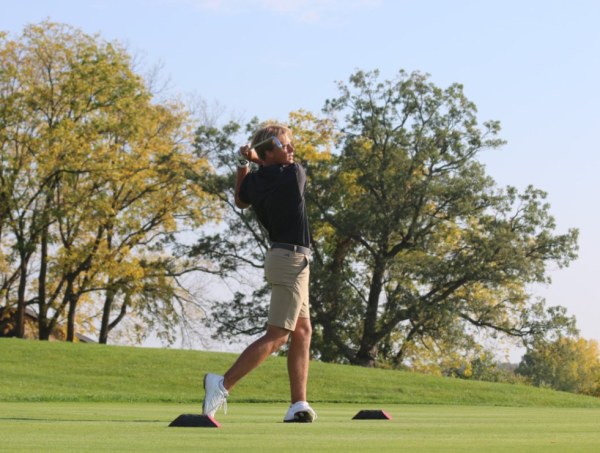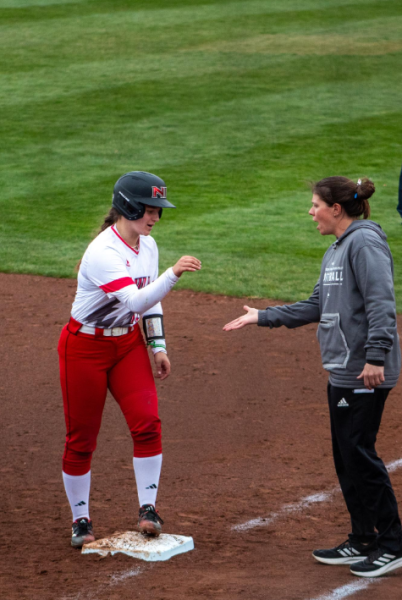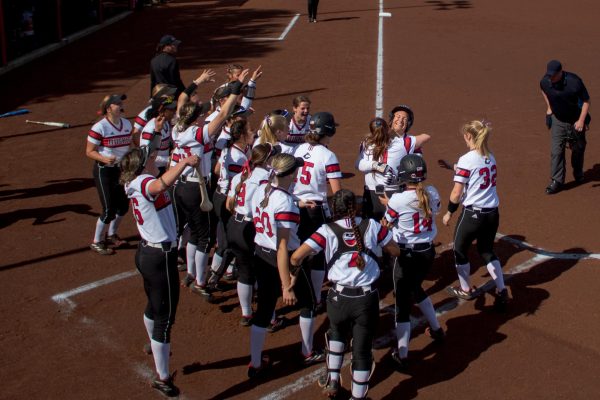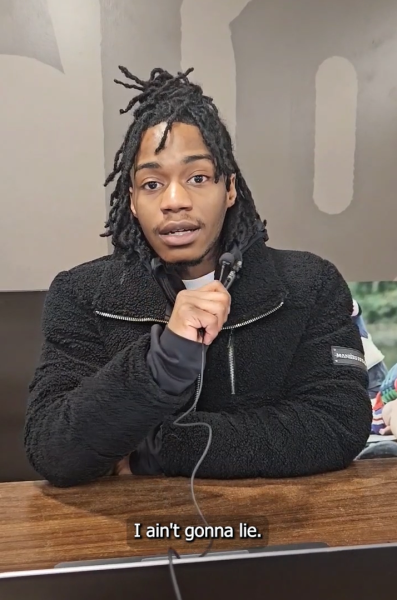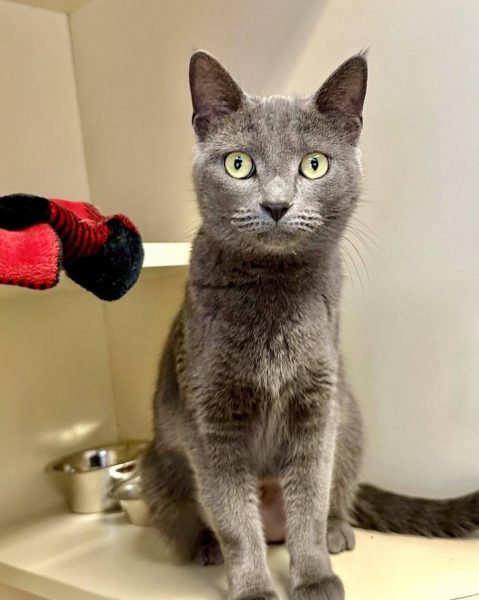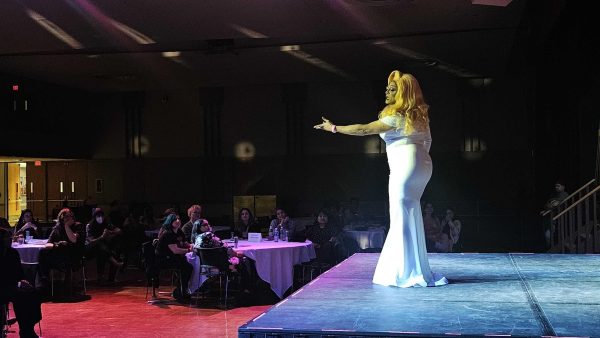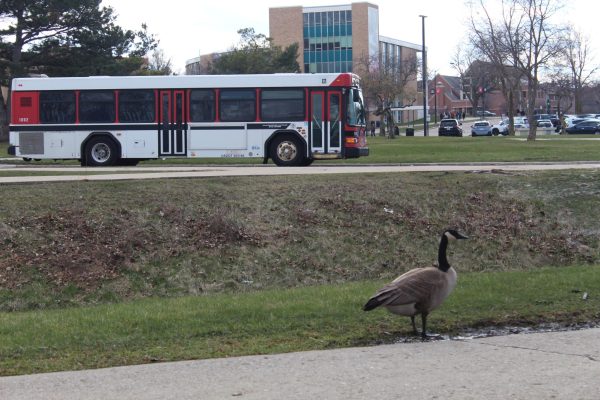MAPPING exhibition to showcase geography art
April 10, 2013
Artist Michael Dinges will speak about the works he has on display in the Measuring Across Place and Period: Information, Navigation and Geography (MAPPING) exhibition at noon today in the Altgeld Hall Art Museum.
Graduate students worked in tandem with the university to create the art exhibition, which is focused on maps.
Students are encouraged to stop by and experience the gallery until May 24 in Altgeld Hall. The exhibition operates in conjunction with the university’s own map-based art exhibit across the hall. Alison Bastian, graduate art history student, was the primary contact for the student-run exhibition.
“For these specific exhibitions that are done by our course, it’s first of all nice to see something that’s student done,” Basitan said. “We’ve pretty much done all of the leg work in this, and it’s interesting to see what other students are doing on campus for other programs. Also, it’s not always the case, but usually we’re really dealing with these original objects and I think it’s always a selling point, is to see something. I mean, we have maps here that are from the 16th century, and to be able to be up and close to something like that, that’s that old and really has that kind of history.
“It’s really a great place that’s right on campus where they can really view art, view history, and really get that sense of exposure to something that’s an artifact, an original, and really has that sense of history and authenticity to it. I don’t know if that’s something you can get anywhere else in DeKalb or close by. So I think it’s great for students to be able to have that right at their back door.”
Assistant director Peter Olson worked to ensure the university’s own mapping exhibition across the hall worked in tandem with the student exhibits to give a full picture of the evolution of mapping as an art form. The student exhibition focuses on historical mapping whereas the university’s exhibition is more contemporary in nature.
“This one [the student exhibit], we’re going back in history and looking at historical,” Olson said. “The historical evolution of mapmaking as not only an art form but as a scientific presentation of information, of accurate information. We have come to think of maps as being something we trust, very accurate. Even the ones here that are very old that don’t show things portrayed as we know them now, they used the best science they had at the time in most cases to try to convey a sense of reality that was unquestionable. Whether or not they did that is still up for personal interpretation. So this show really goes back in history…. There’s this kind of visual language…. So I think it’s the same, it’s using the same words but just putting them in a different order, allowing a word to evoke more than maybe just one thing. So the artists across the hall are using this language to explore things that are more subjective.”
Olson said the two shows combine to create a bigger picture that would be difficult to achieve with only one exhibition.
“The maps [in general] say one-quarter inch equals two miles or something like that,” Olson said. “There’s no legends [in the uiversity exhibit], so things are more freely interpreted. …It’s not that one is right and the other is not right, it’s not trying to figure out which one is right. It’s the fascination with the fact that they’re both right, that our world can mean more than one thing at the same time. That’s what’s really interesting about the two shows together.”
Peter Van Ael, director of the Olson gallery and professor of the museum studies program, is on the committee that decides the artistic theme each cycle.
“Last year we did an exhibition that looked at graphic novels; the year before that we looked at musical instruments as visual art,” Van Ael said. “Before that we looked at prints that came out of the Great Depression…. It will depend from one year to the next.”



